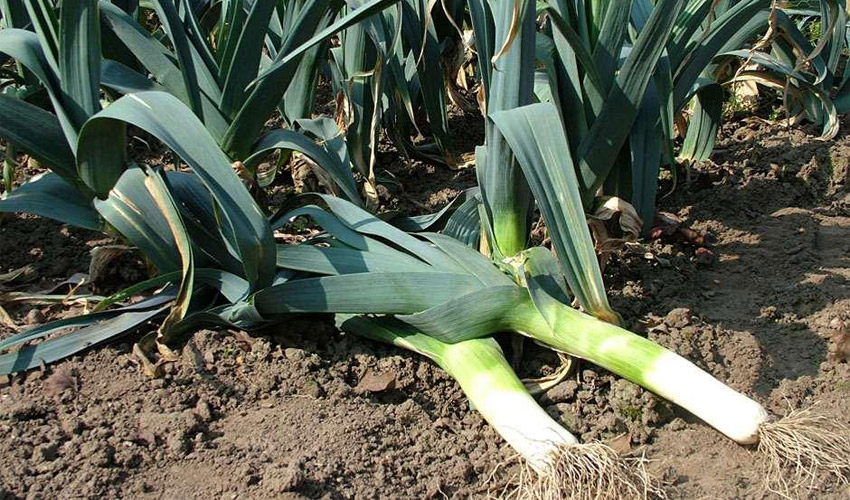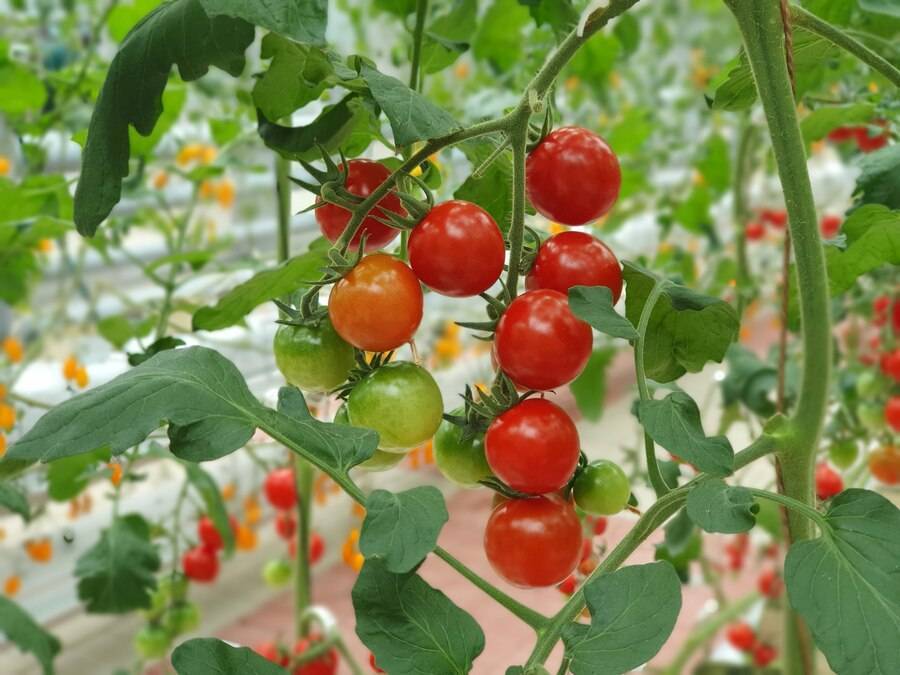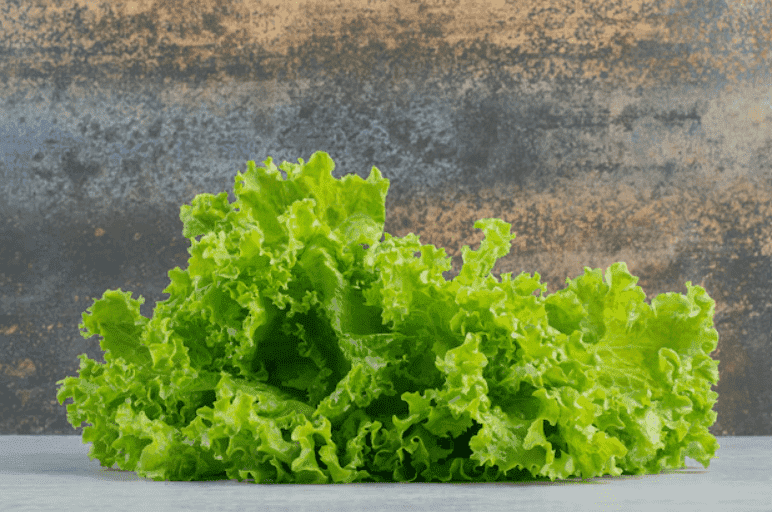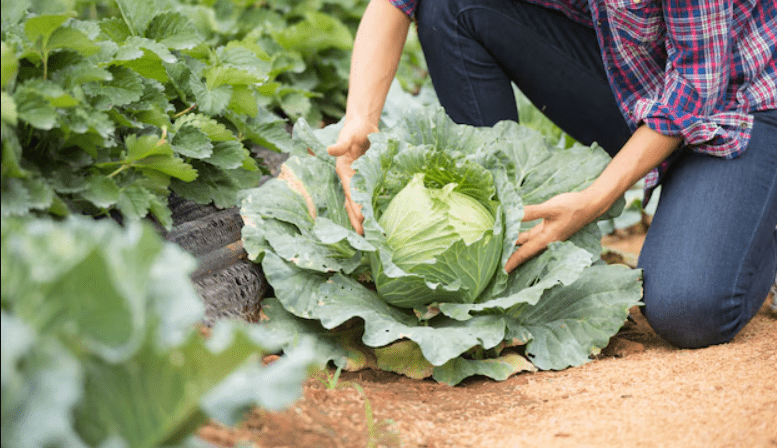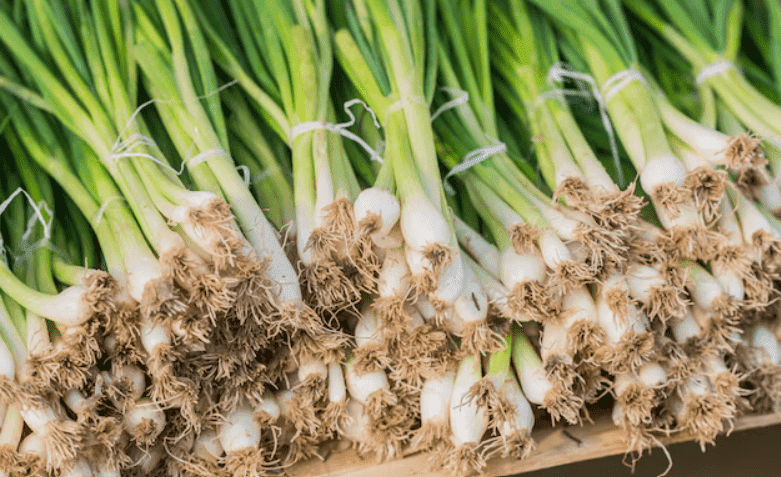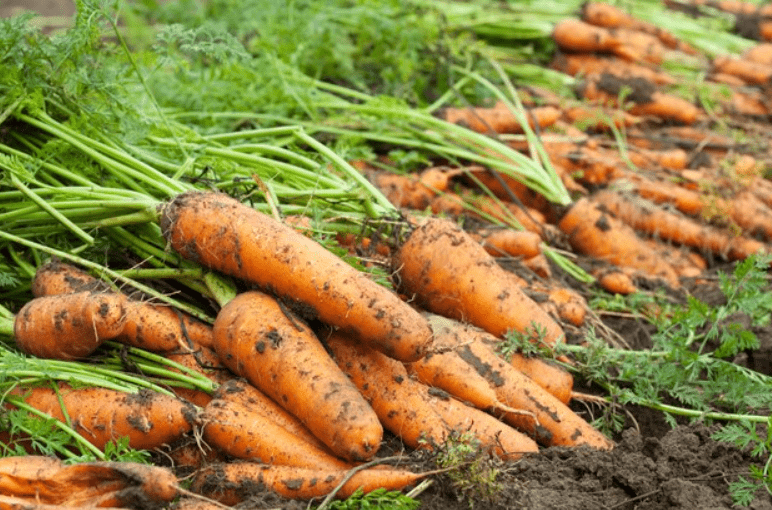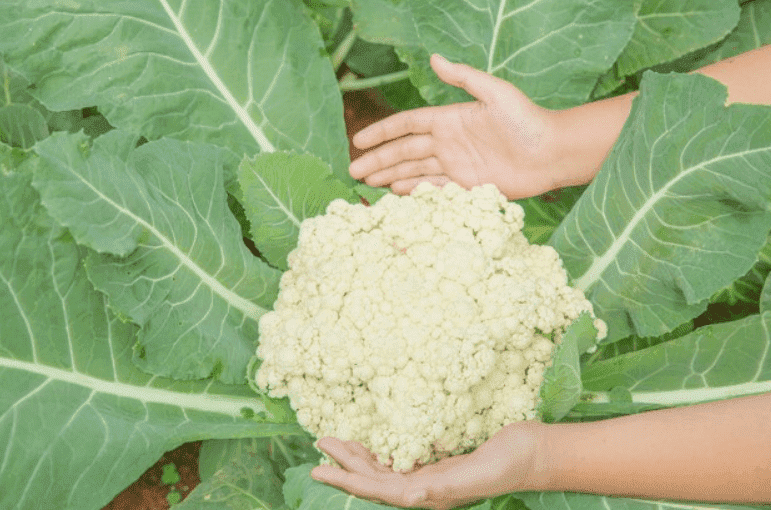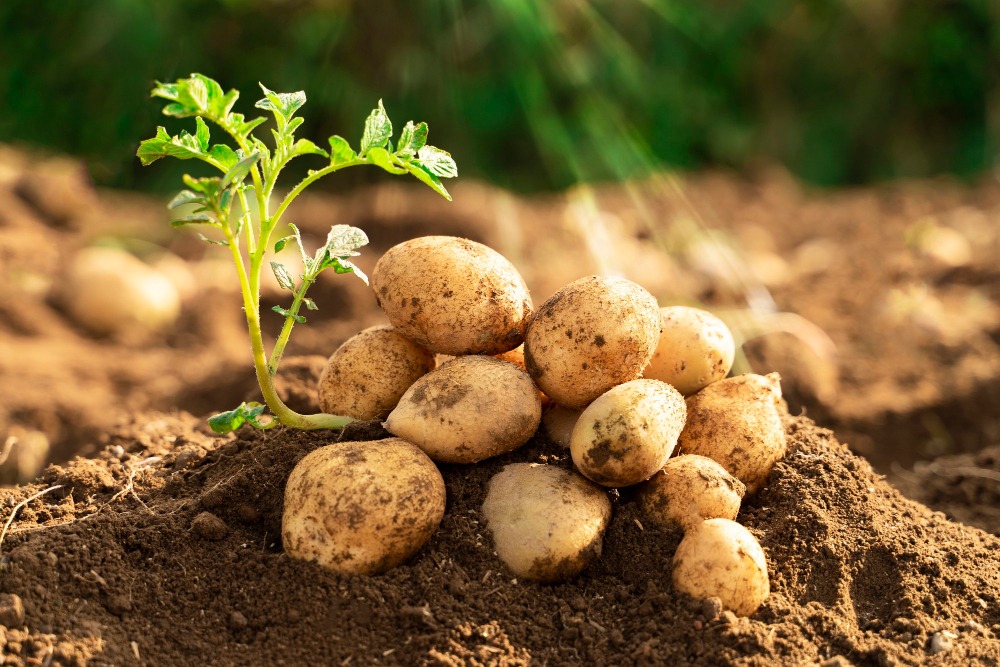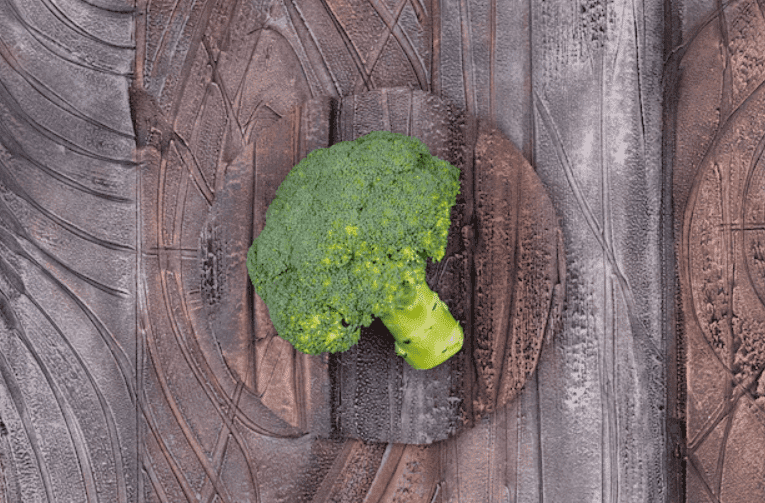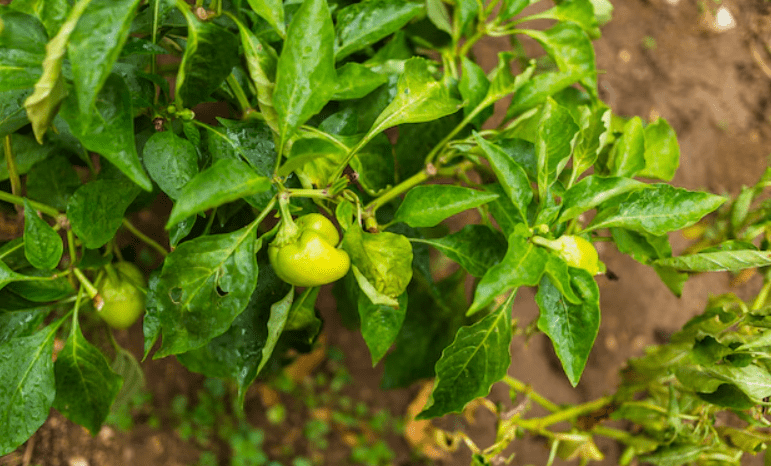Leeks (Allium ampeloprasum var. porrum) are a gourmet vegetable that you can effortlessly grow in your garden if you’re interested in learning how to grow leeks successfully. They carry a mild onion-like flavor and can be enjoyed in many ways—whether in soups, casseroles, quiches, braised dishes, or even raw. Both the green leaves and the tender white shaft are edible, making them a versatile kitchen staple.
Visually, leeks resemble oversized green onions with their long, cylindrical white shafts. Their leaves are thick, flat, and folded, while the plants themselves can grow a height of two to three feet and grow up to two inches wide.
Table of Contents
TogglePlanting
Leeks thrive in full sun, ideally receiving at least 8 hours of direct light each day. They prefer deep, fertile soil that drains well and is rich in organic matter. A soil pH between 6.0 and 7.0 creates ideal growing conditions.
When to Plant Leeks
- You can purchase young leek plants from a garden center or greenhouse, or start them from seed at home.
- Leeks tolerate cool weather and can be planted outdoors before the final frost.
- If sowing from seed indoors, start them about 8–10 weeks before your last expected frost date.
- When transplanting homegrown or purchased seedlings, harden them off for several days first.
- Plant seedlings outdoors 1–3 weeks before the last frost, once daytime temperatures consistently reach 45°F (7°C). Leek seedlings can withstand light frosts, making them suitable for earlier planting compared to many other crops.
How to Plant Leeks
Starting leeks from seed at home is affordable and simpler than many gardeners expect. For only a few dollars, you can buy hundreds of seeds, making it an economical choice. When choosing varieties, look for those labeled as rust-resistant, since this fungal disease may cause minor issues later in the season.
Leeks can grow in the ground, raised beds, or even deep containers; each method comes with its own benefits.
To start leeks from seed:
- Sow seeds in soil blocks or trays filled with moist seed-starting mix.
- Plant each seed about ¼ inch deep.
- If using cell trays, drop two seeds per cell, then thin to one per cell after germination.
- Keep the soil damp (but not soggy) and provide strong light once seedlings sprout.
Transplanting Leeks Outdoors:
- Prepare the planting bed by mixing in a few inches of compost for added organic matter.
- Plant seedlings deeply to encourage longer white stalks. Two main methods work best:
- Trenching: Dig a trench about 6 inches deep. Set seedlings at the bottom, water them in, and leave the trench unfilled. Gradually fill in soil as the leeks grow taller.
- Hilling: Plant seedlings at the normal soil level, water well, and later mound soil around their bases (similar to potatoes).
- Ensure proper spacing between plants for good airflow and healthy growth.
- Spread mulch around the base to help lock moisture and suppress weeds.
Growing
No matter if you started leeks from seed or purchased transplants, their care remains simple and consistent.
Leeks have shallow root systems, so they need steady moisture. Aim for about an inch of water each week, but always check the soil. If the top 2–3 inches feel dry, it’s time to water. Sandy soil will dry out faster, so those leeks may need more frequent watering. Drip irrigation works best because it delivers water directly to the roots under the mulch, avoiding the issues that overhead sprinkling can cause.
As your plants grow, gradually fill in the trench or mound soil around the stems two or three times early in the season. This “blanching” process keeps the stalks long, tender, and sweet. Mulching also plays a big role in keeping weeds down, locking in moisture, and improving soil health.
Be careful when working around leeks, since their roots are delicate. Avoid aggressive hoeing or cultivation, which can easily harm them. Instead, rely on mulch and gentle hand-weeding to keep the bed tidy.
Types of Leeks
Tadorna: A hardy, fast-growing variety with dark blue-green leaves that can overwinter in mild climates.
King Richard: Produces long shanks up to a foot in length and tolerates fall temperatures as low as 20°F with only slight damage. This early-maturing variety is ready in about 75 days, making it ideal for northern gardeners.
Dawn Giant: True to its name, this leek develops massive shanks up to 15 inches long and 2 inches thick.
Harvesting
Leeks are ready for harvest at different times depending on the variety, with some maturing as early as summer. Use a garden fork to carefully lift them—either individually or in small clumps—without disturbing nearby plants. You can leave leeks in the soil until you need them, and once pulled, they’ll keep in the refrigerator or a cool pantry for up to two weeks.

